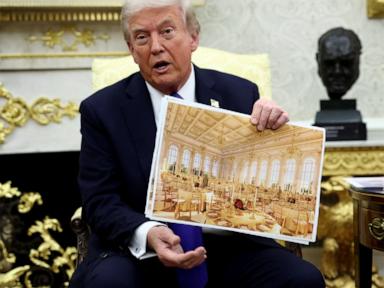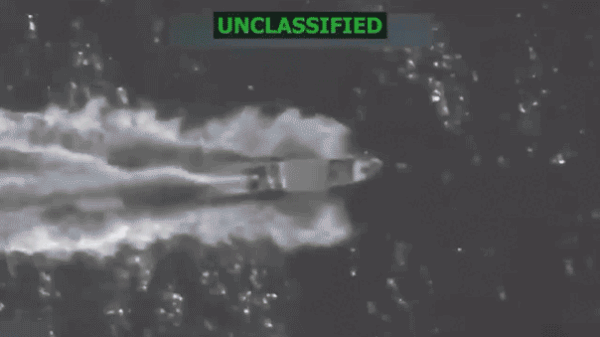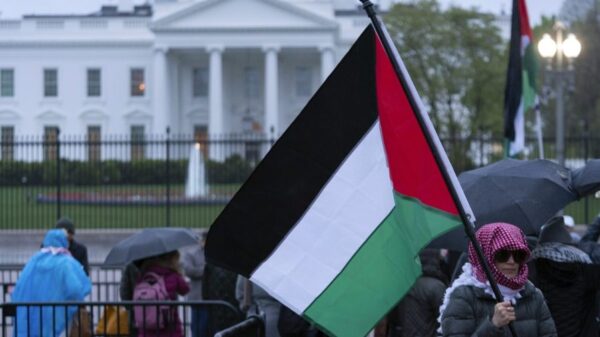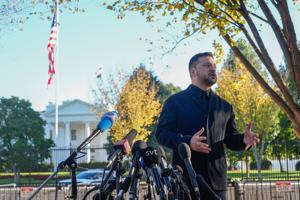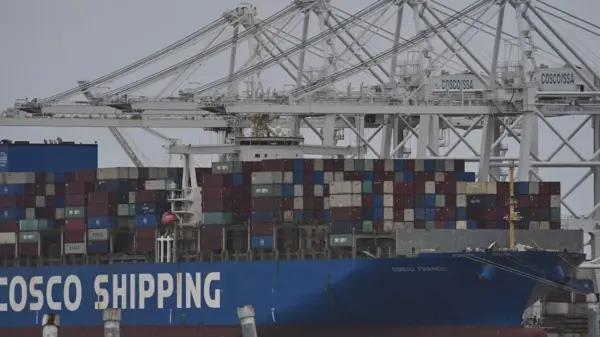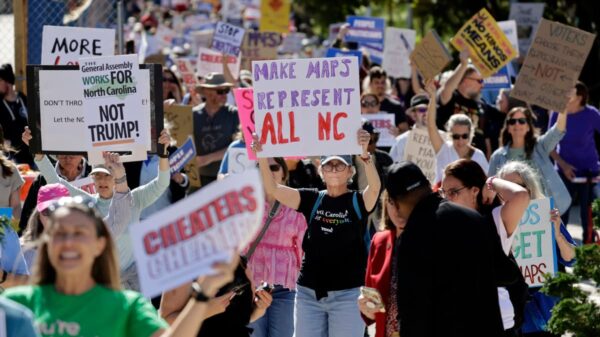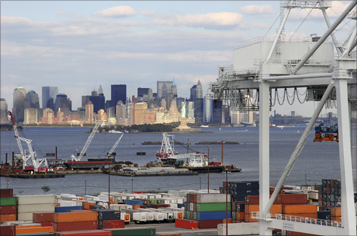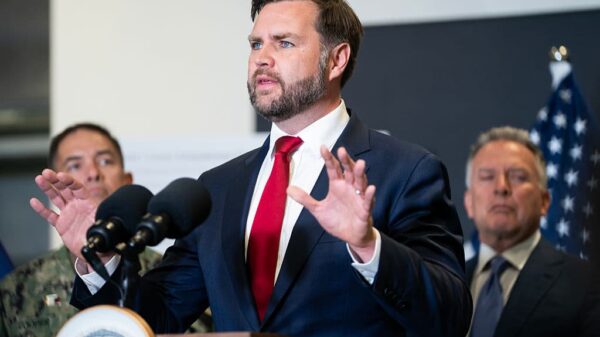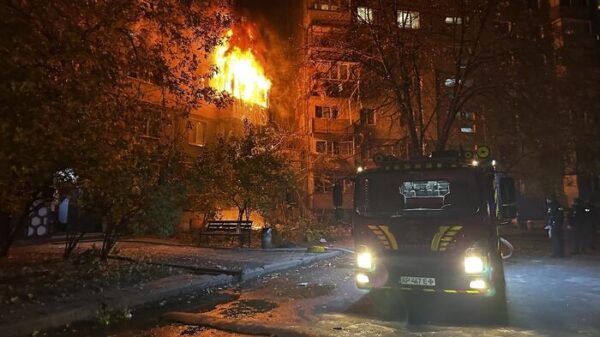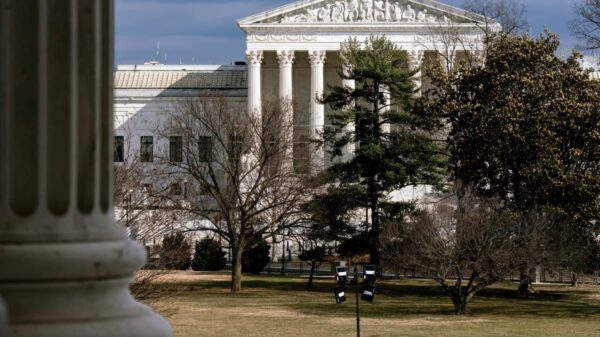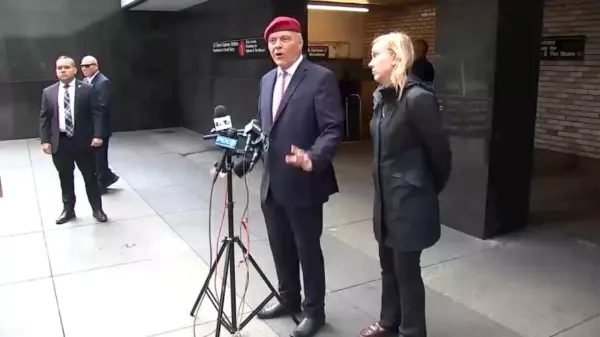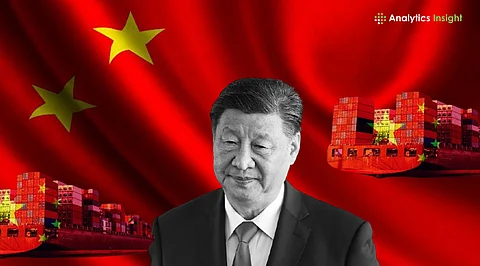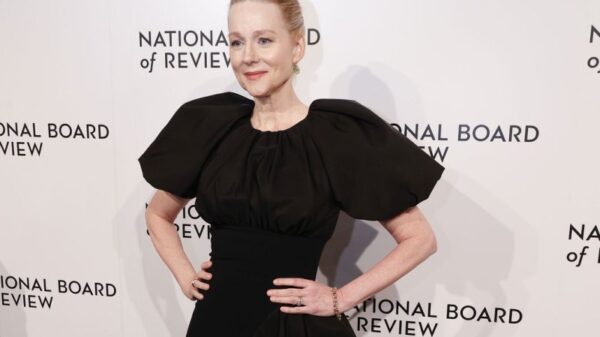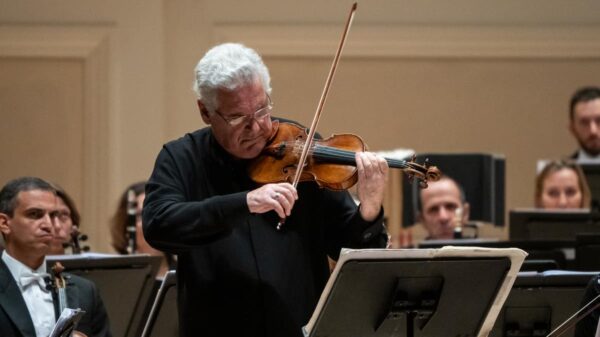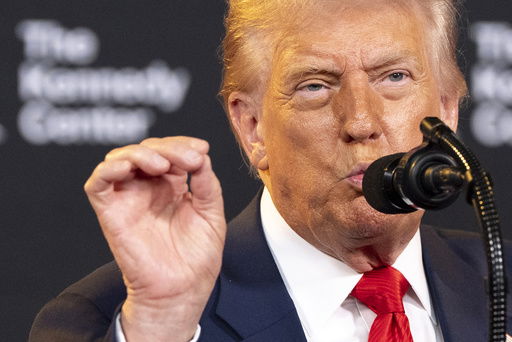Since taking office in January, President Donald Trump has positioned himself as a peacemaker, asserting that he has successfully ended seven wars around the globe. In meetings with Ukrainian President Volodymyr Zelenskyy and various European leaders, he has repeatedly stated his role in mediating peace agreements, although he has not elaborated on the specifics of these conflicts.
During an Oval Office meeting with Zelenskyy, Trump claimed, “I’ve done six wars, I’ve ended six wars.” He later raised that figure to seven in a broadcast interview, asserting, “If you look at the six deals I settled this year, they were all at war. I didn’t do any ceasefires.” Despite his assertions, experts contend that the reality is more complex and that his contributions to these conflicts may not be as significant as he suggests.
Analyzing the Conflicts
Among the conflicts Trump refers to, the situation between Israel and Iran stands out. In June, Israel conducted airstrikes targeting Iran’s nuclear facilities, claiming the actions were necessary to prevent Iran from developing nuclear weapons—an assertion Iran denies. Following these escalations, Trump facilitated a ceasefire, publicly pressuring both nations to maintain peace. Evelyn Farkas, executive director of the McCain Institute, acknowledges Trump’s role but warns that the ceasefire could be temporary if Iran resumes its nuclear ambitions. Similarly, Lawrence Haas, a foreign policy expert, describes the ceasefire as a “temporary respite” amidst ongoing tensions.
In the case of Ethiopia and Egypt, the dispute over the Grand Ethiopian Renaissance Dam has persisted for over a decade. Trump attempted to mediate between the two nations, but negotiations have stalled. While he claimed in July to have helped bring temporary peace, ongoing disagreements indicate that any resolution remains elusive. Haas emphasizes that the situation is far from a war, stating, “It would be a gross overstatement to say that these countries are at war.”
Further Conflicts Under Review
Another claimed success involves India and Pakistan, where tensions escalated following violent incidents in Kashmir. Trump suggested that U.S. mediation helped broker a ceasefire, even receiving praise from Pakistan. However, India disputes this narrative, denying that trade discussions influenced the ceasefire. While some experts credit the U.S. with playing a positive role, they caution that it may not equate to a full-scale resolution of the conflict.
The situation between Serbia and Kosovo is also contentious. The White House lists this as a conflict resolved during Trump’s term, but there have been no significant advancements toward peace in recent months. Although Trump negotiated an agreement during his first term, much of it remains unimplemented.
In Rwanda and the Democratic Republic of the Congo, peace efforts have seen some progress, although the conflict is ongoing. A peace deal was signed in June, facilitated by the Trump administration, but key players, including the M23 rebel group, were not included in the negotiations. With fighting continuing, the anticipated follow-up agreement remains unfulfilled.
The most recent peace efforts include a meeting at the White House between leaders from Armenia and Azerbaijan. They signed a deal aimed at resolving a long-standing territorial conflict. While both leaders expressed optimism, the agreement has yet to be formally ratified. Historical tensions date back to the early 1990s when ethnic conflicts erupted over the Nagorno-Karabakh region.
Finally, Trump’s involvement in brokering a ceasefire between Cambodia and Thailand in a brief border conflict this summer has garnered attention. After months of rising tensions, both nations agreed to an unconditional ceasefire in late July, in part due to Trump conditioning future trade agreements on the cessation of hostilities. Political analyst Ken Lohatepanont noted that this pressure likely played a crucial role in bringing both sides to the negotiating table.
While Trump touts these claims of peace, the complexities of international relations and ongoing tensions suggest that his role may not be as clear-cut as he presents. The reality of these conflicts often reflects a broader struggle for stability that transcends any single administration’s influence.
As the global landscape continues to evolve, the impact of Trump’s foreign policy decisions will remain a topic of debate among political analysts and historians alike.

